Burying the Ruler 1989
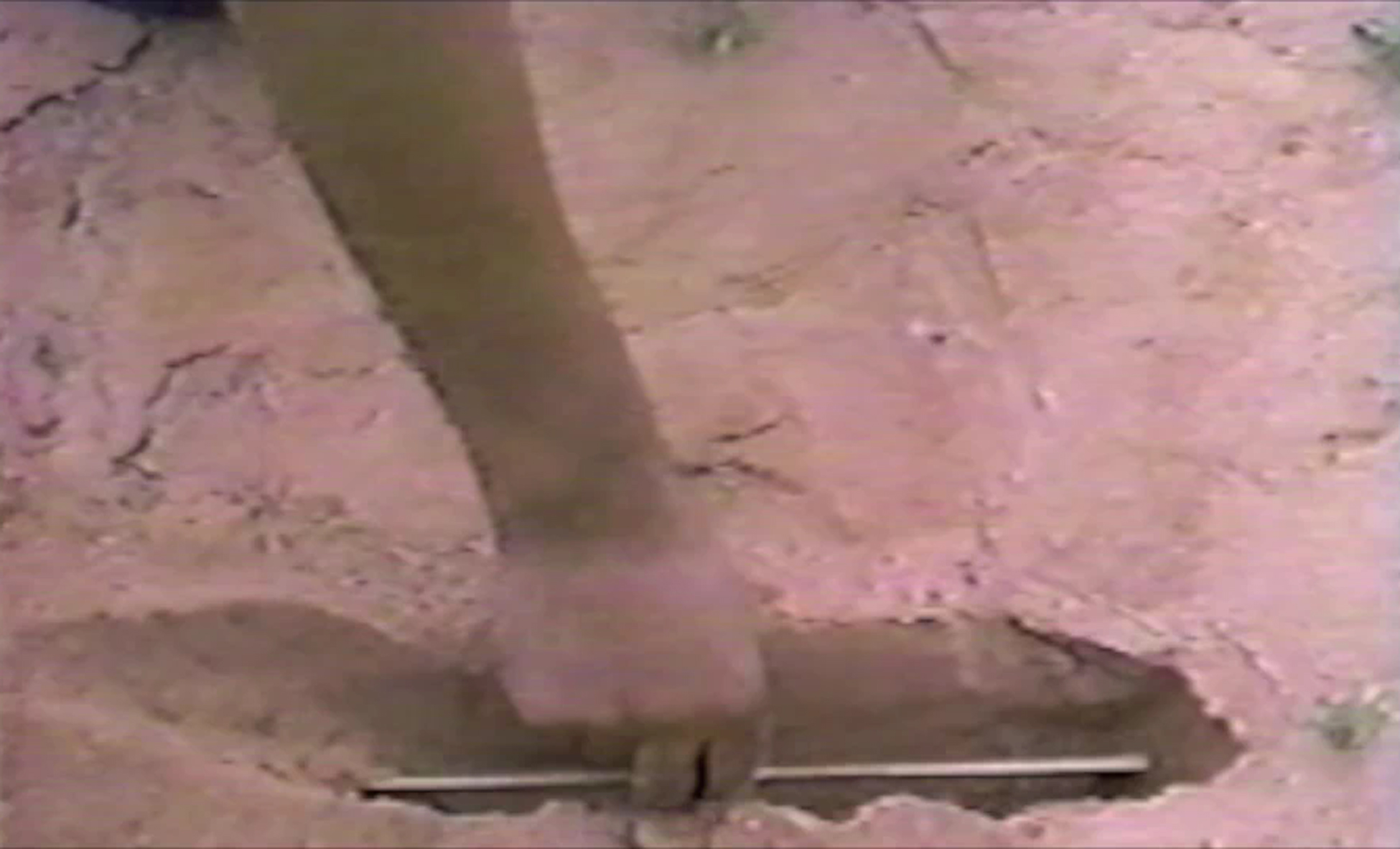
Carl Beam, Burying the Ruler, 1989
Time-based media, Video Home System (VHS), 1:58 minutes
Private collection
© Estate of Carl and Ann Beam / CARCC Ottawa 2024
The first and most well-known of Carl Beam’s four video pieces, Burying the Ruler documents a performance he conducted on one of his frequent trips to the American Southwest along the fabled Route 66. The sequence opens with a flash of sun and the roaring sound of wind, signalling an approaching thunderstorm. A shirtless and cowboy-hatted Beam walks across a sandy beach towards the camera (and viewer), appearing as if out of nowhere. He is the full-grown, adult emanation of himself as depicted in his print Self-Portrait as John Wayne, Probably (from The Columbus Suite), 1990, and the animated version of the Self-Portrait in My Christian Dior Bathing Suit, 1980. After several steps, he stops, reaches to the sand, and begins to dig a hole, which takes the shape of a grave. Beam holds in his hand a common wooden ruler. As the narrative advances, it becomes clear that he is using the ruler to dig its own resting place. When the grave is completed, he gently and reverentially places the ruler in the freshly dug hole. Then he tenderly fills the hole with earth, pats it down, and sprinkles sand over it to disguise evidence of any disturbance before rising and walking off into the approaching storm.
With Burying the Ruler, Beam extends his critique of colonial domination and the displacement and dehumanization of Indigenous peoples into a new media. The video confronts the failed notion that if something can be measured, weighed, or described rationally, then it can be fully known and thereby contained, emptied of its unknown qualities or its innate magical power. This piece debunks the dominance of Western knowledge as a system for understanding the world. The ruler is a stand-in for colonial control of Beam’s own identity as an Indigenous person, and for the loss of control he suffered through forced re-education at Garnier High School. Beam’s act of burying this object can be read as a manifesto for liberation from such forms of control—as he noted, “there are many kinds of rulers.”1
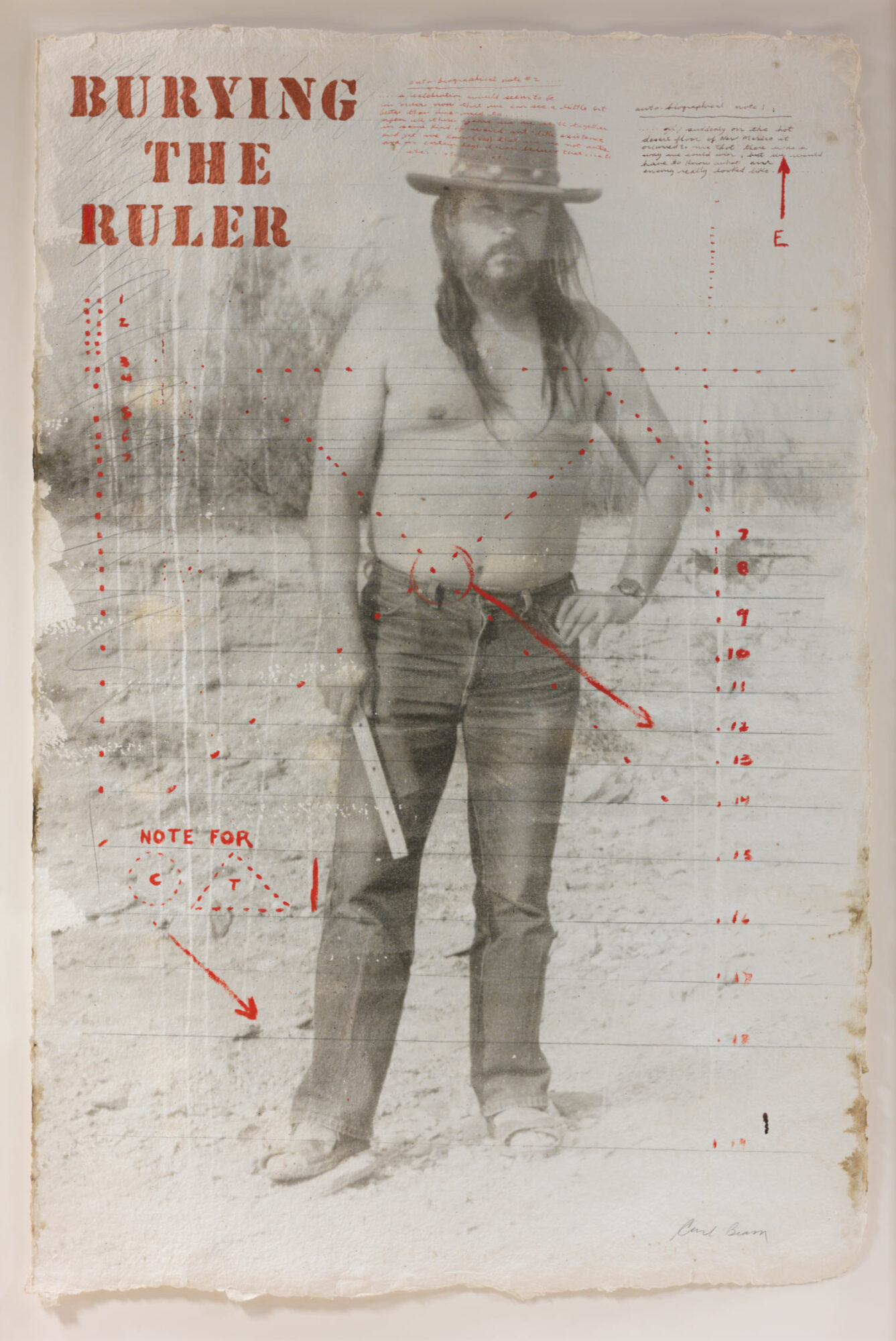
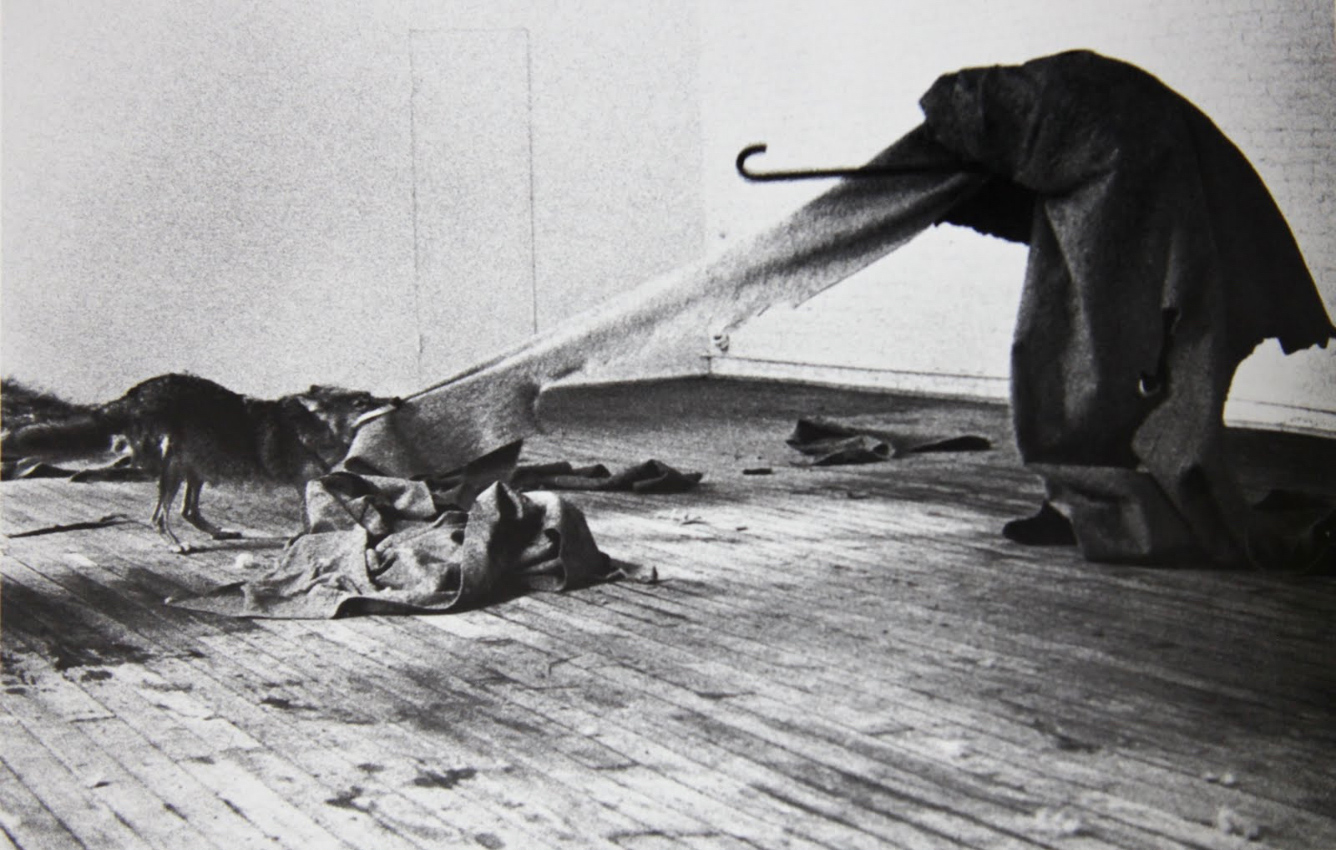
The video was recorded at Animas Creek, on the border of New Mexico and Texas. The site is a wide ancient riverbed full of fossil shells and deep, almost blood-red soil. Ironically, owing to his understanding of Latin, which he learned at Garnier, Beam knew that the Latin word animas translates to “souls” in English. He considered this ancient site a centre of power—and this is why he saw it as a suitable location to perform a shamanic act. Still images taken from the video appear in many prints and paintings across Beam’s career, among them his 1991 mixed-media triptych Burying the Ruler and a mixed-media work on paper also titled Burying the Ruler, 1992.
Burying the Ruler reflects the influence of the German Conceptual and performance artist Joseph Beuys (1921–1986), whom Beam admired. Like Beam, Beuys believed that a turn towards pure reason could lead to a loss of creativity. Many of his works, such as I Like America and America Likes Me, 1974, use symbolic materials to impart a wider message about healing societal wounds through art. Born from Beam’s respect for contemporary art’s power to bridge two cultures—Western European and Indigenous—Burying the Ruler brings forth Beuys’s aim. When speaking of this piece in later years, Beam said, “Well, I buried the ruler in a respectful way. I didn’t piss on the ruler. There were a lot of things I could have done to the ruler, but I buried it respectfully, and it’s an ongoing process. I have to keep burying the ruler continually.”2

 About the Author
About the Author
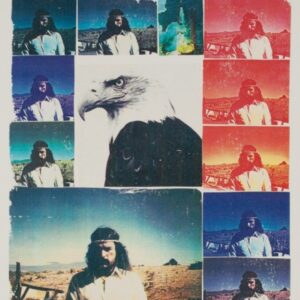 More Online Art Books
More Online Art Books
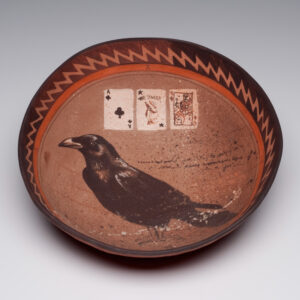 Acknowledgements
Acknowledgements